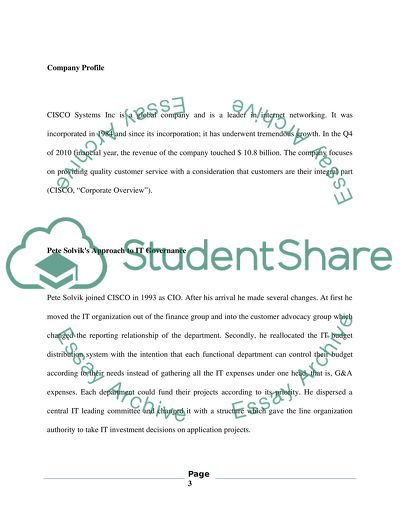Cite this document
(“Cisco Case Study Example | Topics and Well Written Essays - 1000 words”, n.d.)
Retrieved from https://studentshare.org/miscellaneous/1571888-cisco
Retrieved from https://studentshare.org/miscellaneous/1571888-cisco
(Cisco Case Study Example | Topics and Well Written Essays - 1000 Words)
https://studentshare.org/miscellaneous/1571888-cisco.
https://studentshare.org/miscellaneous/1571888-cisco.
“Cisco Case Study Example | Topics and Well Written Essays - 1000 Words”, n.d. https://studentshare.org/miscellaneous/1571888-cisco.


